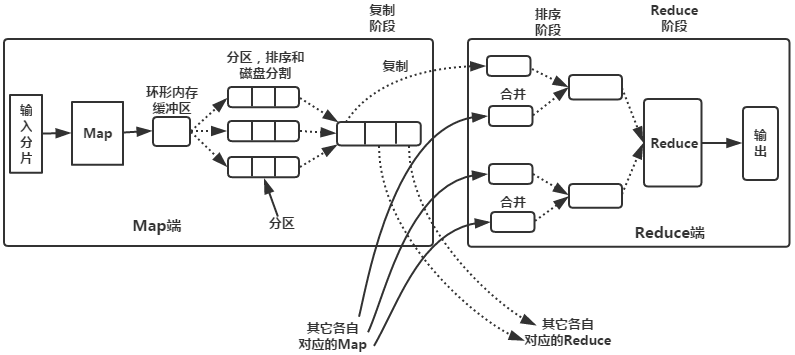当前位置:网站首页>MapReduce instance (IV): natural sorting
MapReduce instance (IV): natural sorting
2022-07-06 09:33:00 【Laugh at Fengyun Road】
MR Realization Natural ordering
Hello everyone , I am Fengyun , Welcome to my blog perhaps WeChat official account 【 Laugh at Fengyun Road 】, In the days to come, let's learn about big data related technologies , Work hard together , Meet a better self !
Process analysis
Map、Reduce Tasks Shuffle The process diagram of and sorting is as follows :
Process analysis :
1.Map End :
(1) Each input slice will have one map Tasks to deal with , By default , With HDFS The size of a piece of ( The default is 64M) For a piece , Of course, we can also set the block size .map The output will be temporarily put in a ring memory buffer ( The size of the buffer defaults to 100M, from io.sort.mb Attribute control ), When the buffer is about to overflow ( The default is buffer size 80%, from io.sort.spill.percent Attribute control ), An overflow file is created in the local file system , Write the data in this buffer to this file .
(2) Before writing to disk , Thread first according to reduce The number of tasks divides the data into the same number of partitions , That's one reduce The task corresponds to the data of a partition . This is done to avoid some reduce The task is assigned to a large amount of data , And some of them reduce The task was assigned very little data , There's not even a data embarrassment . In fact, partitioning is about data hash The process of . then Sort the data in each partition , If you set Combiner, The results after sorting are Combine operation , The goal is to write as little data as possible to disk .
(3) When map When the task outputs the last record , There may be a lot of overflow files , You need to merge these files . In the process of merging, there will be continuous sorting and combine operation , There are two purposes :① Minimize the amount of data written to disk each time .② Minimize the amount of data transmitted over the network in the next replication phase . Finally, it is merged into a partitioned and sorted file . In order to reduce the amount of data transmitted by the network , You can compress the data here , As long as mapred.compress.map.out Set to true That's all right. .
(4) Copy the data in the partition to the corresponding reduce Mission . Someone might ask : How does the data in the partition know its corresponding reduce Which is it ? Actually map The mission has been with his father TaskTracker Keep in contact , and TaskTracker And all the time JobTracker Keep your heart beating . therefore JobTracker The macro information of the whole cluster is saved in . as long as reduce The task is to JobTracker Get the corresponding map The output position is ok Oh. .
Come here ,map End analysis is finished . What is that Shuffle Well ?Shuffle The Chinese meaning is “ Shuffle ”, If we look at it this way : One map Data generated , Result passed hash Process partitions are assigned to different reduce Mission , Is it a process of shuffling data ?
2.Reduce End :
(1)Reduce It will receive different map Data from the mission , And each map The data is all in order . If reduce The amount of data received by the end is quite small , And it is stored directly in memory ( The buffer size is determined by mapred.job.shuffle.input.buffer.percent Attribute control , Represents the percentage of heap space used for this purpose ), If the amount of data exceeds a certain proportion of the buffer size ( from mapred.job.shuffle.merge.percent decision ), Then the data is merged and overflowed to the disk .
(2) As the number of overflow files increases , Background threads will merge them into a larger, ordered file , This is done to save time for later merges . In fact, no matter in map End or end reduce End ,MapReduce It's sort over and over again , Merge operation , Now I finally understand why some people say : The order is hadoop Soul .
(3) During the process of merging, a lot of intermediate files will be produced ( Written to disk ), but MapReduce It will make the data written to the disk as little as possible , also The result of the last merge was not written to disk , It's a direct input to reduce function .
be familiar with MapReduce Everyone knows : The order is MapReduce The natural characteristics of ! When the data reaches reducer Before ,MapReduce The framework has sorted these data by pressing the key . But before you use it , First you need to understand its default collation . It is according to key Value for sorting , If key For encapsulated int by IntWritable type , that MapReduce Match... To the size of the number key Sort , If Key To encapsulate String Of Text type , that MapReduce The characters will be sorted in data dictionary order .
Understand the details , We knew we should use encapsulation int Of Intwritable Type data structure , That is to say map here , Convert the fields to be sorted in the read data into Intwritable type , And then as a key Value of output ( Fields that are not sorted are treated as value).reduce I got <key,value-list> after , Will input key As output key, And according to value-list The number of elements in the determines the number of outputs .
Code writing
stay MapReduce By default, the data is sorted . It is according to key Value for sorting , If key To encapsulate int Of IntWritable type , that MapReduce Will match... According to the size of the number key Sort , If Key To encapsulate String Of Text type , that MapReduce The characters will be sorted in data dictionary order . In this case, we use the first ,key Set to IntWritable type , among MapReduce The procedure is mainly divided into Mapper Part and Reducer part .
Mapper Code
public static class Map extends Mapper<Object,Text,IntWritable,Text>{
private static Text goods=new Text();
private static IntWritable num=new IntWritable();
public void map(Object key,Text value,Context context) throws IOException, InterruptedException{
String line=value.toString();
String arr[]=line.split("\t");
num.set(Integer.parseInt(arr[1]));
goods.set(arr[0]);
context.write(num,goods);
}
}
stay map End use Hadoop After the default input method , Will input value Value to use split() Method interception , Convert the number of clicks field to be sorted into IntWritable Type and set to key, goods id Field set to value, And then directly output <key,value>.map Output <key,value> We have to go through shuffle Same process key All that's worth value Gather to form <key,value-list> Later to reduce End .
Reducer Code
public static class Reduce extends Reducer<IntWritable,Text,IntWritable,Text>{
private static IntWritable result= new IntWritable();
// Declare objects result
public void reduce(IntWritable key,Iterable<Text> values,Context context) throws IOException, InterruptedException{
for(Text val:values){
context.write(key,val);
}
}
}
reduce Termination received <key,value-list> after , Will input key Copy directly to the output key, use for Loop traversal value-list And set the elements inside as output value, And then <key,value> Output one by one , according to value-list The number of elements in determines the number of outputs .
Complete code
package mapreduce;
import java.io.IOException;
import org.apache.hadoop.conf.Configuration;
import org.apache.hadoop.fs.Path;
import org.apache.hadoop.io.IntWritable;
import org.apache.hadoop.io.Text;
import org.apache.hadoop.mapreduce.Job;
import org.apache.hadoop.mapreduce.Mapper;
import org.apache.hadoop.mapreduce.Reducer;
import org.apache.hadoop.mapreduce.lib.input.FileInputFormat;
import org.apache.hadoop.mapreduce.lib.input.TextInputFormat;
import org.apache.hadoop.mapreduce.lib.output.FileOutputFormat;
import org.apache.hadoop.mapreduce.lib.output.TextOutputFormat;
public class OneSort {
public static class Map extends Mapper<Object , Text , IntWritable,Text >{
private static Text goods=new Text();
private static IntWritable num=new IntWritable();
public void map(Object key,Text value,Context context) throws IOException, InterruptedException{
String line=value.toString();
String arr[]=line.split("\t");
num.set(Integer.parseInt(arr[1]));
goods.set(arr[0]);
context.write(num,goods);
}
}
public static class Reduce extends Reducer< IntWritable, Text, IntWritable, Text>{
private static IntWritable result= new IntWritable();
public void reduce(IntWritable key,Iterable<Text> values,Context context) throws IOException, InterruptedException{
for(Text val:values){
context.write(key,val);
}
}
}
public static void main(String[] args) throws IOException, ClassNotFoundException, InterruptedException{
Configuration conf=new Configuration();
Job job =new Job(conf,"OneSort");
job.setJarByClass(OneSort.class);
job.setMapperClass(Map.class);
job.setReducerClass(Reduce.class);
job.setOutputKeyClass(IntWritable.class);
job.setOutputValueClass(Text.class);
job.setInputFormatClass(TextInputFormat.class);
job.setOutputFormatClass(TextOutputFormat.class);
Path in=new Path("hdfs://localhost:9000/mymapreduce3/in/goods_visit1");
Path out=new Path("hdfs://localhost:9000/mymapreduce3/out");
FileInputFormat.addInputPath(job,in);
FileOutputFormat.setOutputPath(job,out);
System.exit(job.waitForCompletion(true) ? 0 : 1);
}
}
-------------- end ----------------
WeChat official account : Below scan QR code or Search for Laugh at Fengyun Road Focus on 
边栏推荐
- Global and Chinese market of appointment reminder software 2022-2028: Research Report on technology, participants, trends, market size and share
- Selenium+Pytest自动化测试框架实战(下)
- Mathematical modeling 2004b question (transmission problem)
- Solve the problem of inconsistency between database field name and entity class attribute name (resultmap result set mapping)
- Redis之持久化实操(Linux版)
- LeetCode41——First Missing Positive——hashing in place & swap
- Global and Chinese markets for modular storage area network (SAN) solutions 2022-2028: Research Report on technology, participants, trends, market size and share
- Mapreduce实例(五):二次排序
- Global and Chinese market of electric pruners 2022-2028: Research Report on technology, participants, trends, market size and share
- 为拿 Offer,“闭关修炼,相信努力必成大器
猜你喜欢

Redis分布式锁实现Redisson 15问
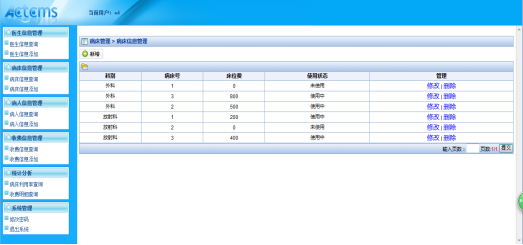
基于B/S的医院管理住院系统的研究与实现(附:源码 论文 sql文件)
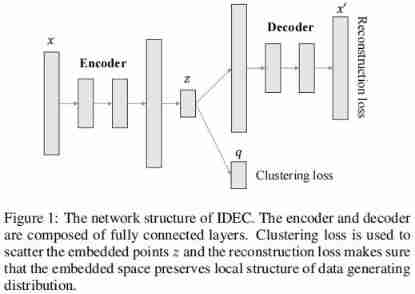
Improved deep embedded clustering with local structure preservation (Idec)

Kratos战神微服务框架(一)

Mapreduce实例(九):Reduce端join
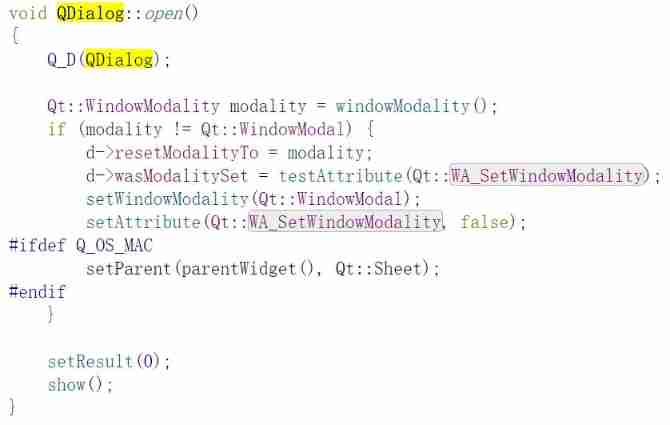
QDialog

Selenium+pytest automated test framework practice (Part 2)
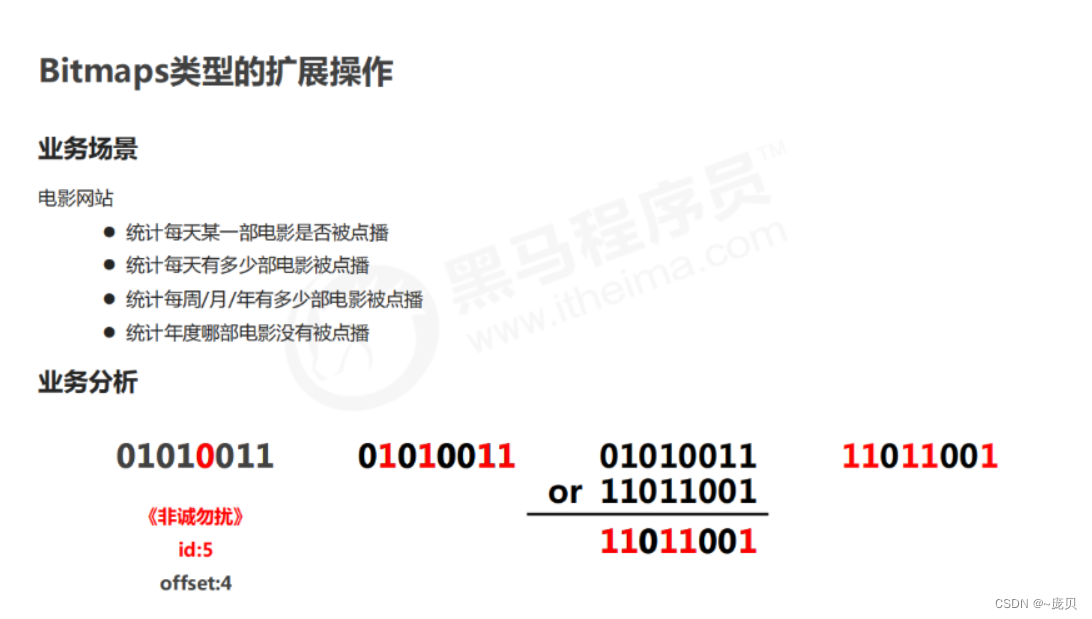
Redis' bitmap

Advanced Computer Network Review(4)——Congestion Control of MPTCP
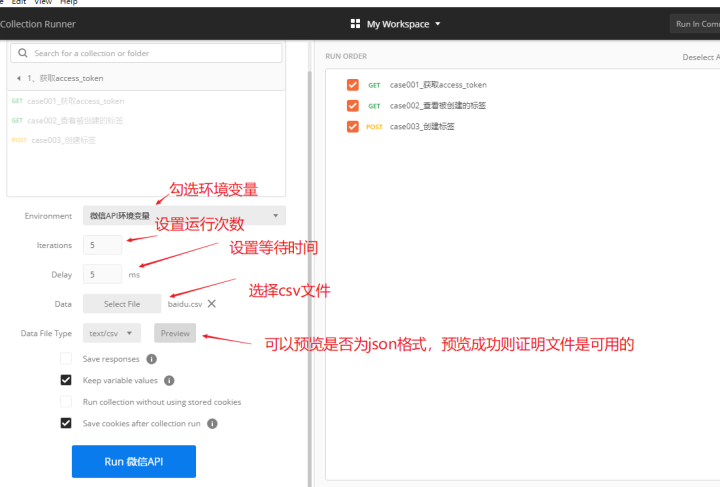
postman之参数化详解
随机推荐
[Yu Yue education] reference materials of power electronics technology of Jiangxi University of science and technology
Redis之哨兵模式
Blue Bridge Cup_ Single chip microcomputer_ Measure the frequency of 555
MapReduce工作机制
[OC foundation framework] - string and date and time >
Processes of libuv
基于WEB的网上购物系统的设计与实现(附:源码 论文 sql文件)
Master slave replication of redis
Global and Chinese market of bank smart cards 2022-2028: Research Report on technology, participants, trends, market size and share
Publish and subscribe to redis
一文读懂,DDD落地数据库设计实战
Mapreduce实例(八):Map端join
Redis geospatial
Redis分布式锁实现Redisson 15问
[daily question] Porter (DFS / DP)
IDS' deletion policy
运维,放过监控-也放过自己吧
Basic concepts of libuv
Research and implementation of hospital management inpatient system based on b/s (attached: source code paper SQL file)
MySQL数据库优化的几种方式(笔面试必问)
